5+ SAMPLE Investment Company Business Plan
-
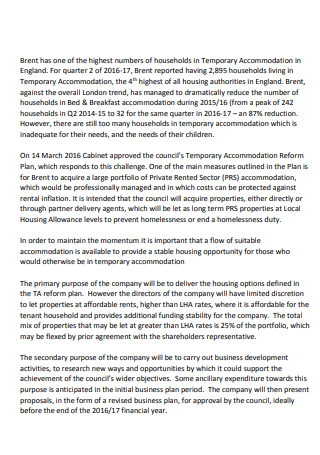
Investment Company Business Plan
download now -
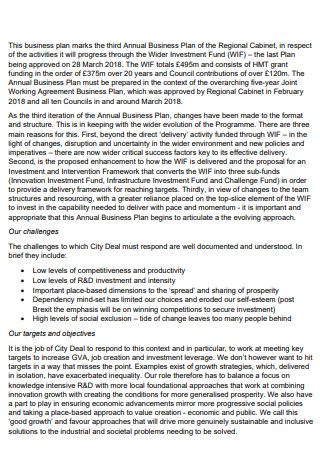
Investment Company Annual Business Plan
download now -
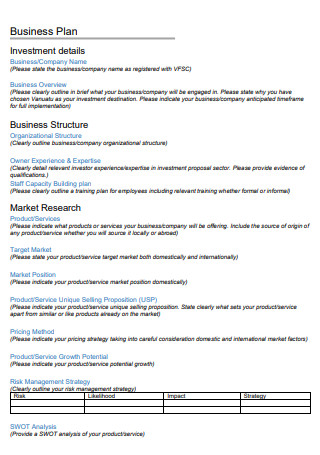
Investment Company Business Plan Format
download now -
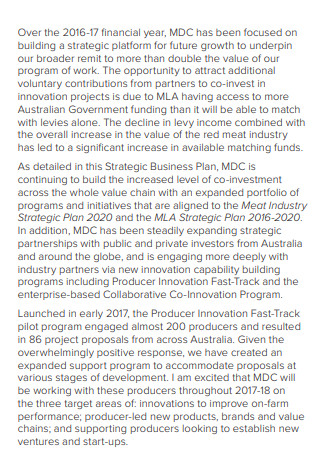
Editable Investment Company Business Plan
download now -
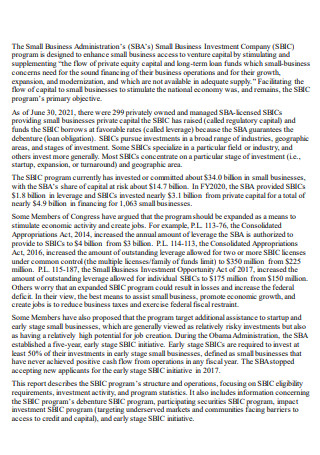
Investment Company Small Business Plan
download now -
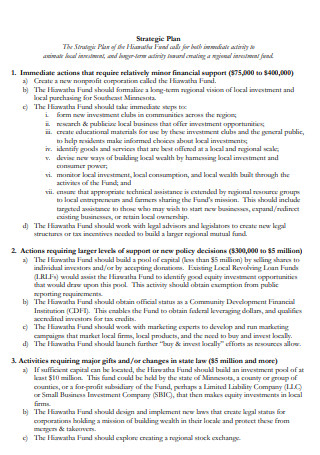
Investment Company Business Plan Example
download now
FREE Investment Company Business Plan s to Download
5+ SAMPLE Investment Company Business Plan
What Is an Investment Company Business Plan?
What’s In an Investment Company Business Plan?
Steps in Creating an Investment Company Business Plan
FAQs
What is an unit investment trust?
What is a mutual fund?
What is the purpose of a business plan?
What Is an Investment Company Business Plan?
First of all, what is an investment company? By definition, this type of company refers to a corporation or trust that invests the pooled capital of investors in financial assets or securities. The most common way to invest in financial securities would be via a closed-end fund or an open-end fund. In an investment company, the money pooled is invested, and the investors split any profits and losses experienced by the firm based on each investor’s stake in the company. Investment businesses are private and public companies that manage, sell, and advertise money to the general public. An investment company’s core activity is to store and manage securities for investment reasons, but they also offer a range of funds and investment services, such as portfolio management and recordkeeping.
An investment company business plan is a business document that explains in detail how the company understands its objectives and plans to achieve them. This sort of documentation generally lays out a detailed marketing, financial, and operational strategy for the investment company. Furthermore, these plans may provide insight into how viable a company is and what it takes to expand and thrive, as well as assist in setting actions to ensure an investment company’s excellence. This type of document may be quite valuable for investment companies that are just starting out in life, but it is generally a good idea for any company, regardless of size, to have one.
What’s In an Investment Company Business Plan?
Here are the most essential components that make up an investment company business plan; these elements may also be present in the most general and basic form of a company business plan.
Steps in Creating an Investment Company Business Plan
Here are the steps that should be followed in order to make an effective investment company business plan:
1. Describe the Investment Company
The first important step to be followed when writing the business plan is to describe what your investment company is all about. In this step, emphasize the company description, such as the registered name of the investment company, the address in which the company operates, the business structure of the investment company (whether it is a partnership, corporation, or a sole proprietorship), as well as what type of investment company it is (whether it is a closed-end fund, an open-end fund, or a mutual investment trust). Additionally, covering the company history is also a must in this step.
2. State the Goals of the Investment Company
After providing a clear description of what the investment company is all about, it’s time to state the goals of the company in this step. By definition, this section of the business plan should outline what the investment company aims to achieve in the short term and in the long term. In this step, you may also determine the company’s major target audience, as well as where to discover them by performing a market study. As stated earlier, doing so requires the investment company to become acquainted with all elements of the market in order to identify the target market and position the firm to attract the most investors.
3. Detail the Services and Write the Marketing Plan
Once the goals of the investment company have been stated in the previous step, it’s time to detail what services the investment company will be providing to its target market. When describing the services, an explanation of how the service is going to work, the pricing plan for the service, the target or typical customers to be served by the company, and any other sales or marketing strategies should be included. After doing so, a marketing plan should also be included which will detail how the investment company is going to advertise the investment services to the intended customers.
4. Conduct a Competitive Analysis
After providing the details on what services the company is going to offer as well as writing the appropriate marketing plan, it’s time to proceed to this step, which is to conduct a competitive analysis. Of course, the investment company should look for ways to stand out from the competition, which is why this step is to be performed when creating the business plan. When performing this step, define a comparison of the investment company to its rivals. Additionally, the shortcomings and strengths of rivals, as well as how the organization expects to compare to them, should be discussed in this step. This area of the investment company business plan should also mention any competitive advantages the company has and how the company differentiates itself from those.
5. Create Appendices
After writing down what is essentially the most important of the important parts of the investment company business plan in the previous three steps, proceed to this step. List any supporting information or supplementary resources that cannot be included elsewhere in the business plan in the appendix section, such as resumes of the management and other essential staff, licenses, equipment leases, permits needed to operate the investment business company, any other types of supporting legal documentation, receipts, bank statements, and so on. If the appendix is lengthy, including a table of contents at the start of this section might be a good idea.
6. Create the Summary
After providing the auxiliary information in the appendix section of the business plan, it’s time to proceed to the last step, which is to write the executive summary of the document. Even though this is the last step of creating the document, it should be noted that the summary is located at the beginning. In writing the executive summary section of the investment company business plan, include a brief detail about the services that the company offers and a summary of how the company intends to financially grow in the future.
FAQs
What is an unit investment trust?
A unit investment trust is defined as an investment company that offers a predetermined portfolio of equities and bonds to investors as redeemable units for a certain length of time. It is intended to produce capital growth as well as dividend income. They’re comparable to both open-ended and closed-end mutual funds in that they’re all pooled investments in which a group of participants pools their money to be managed by a portfolio manager.
What is a mutual fund?
A mutual fund is a collection of money from several individuals that are invested widely in a variety of firms. There are two types of mutual funds, namely the actively managed and the passively managed mutual fund. An actively managed mutual fund has a fund manager who selects securities to invest in on behalf of investors. An index fund, often known as a passively managed mutual fund, is a form of mutual fund that merely monitors a major stock market index.
What is the purpose of a business plan?
The main goal of a business plan (in this case, an investment company business plan) is to lay out the company’s future plans. Goals or milestones should be included in these plans, as well as precise actions outlining how the organization will achieve each one. The process of developing a roadmap to the company’s objectives will aid in identifying the company’s business focus and pursuing growth.
Starting any form of company, let alone one that specializes in investing tradeable assets, can prove to be a big hassle at times. Having an effectively written business plan for this type of company will give an opportunity for the owner to have some of his/her worries alleviated so that he/she can focus on what’s to come for the investment company. In this article, there are sample templates that are available which can aid you in creating this document.
